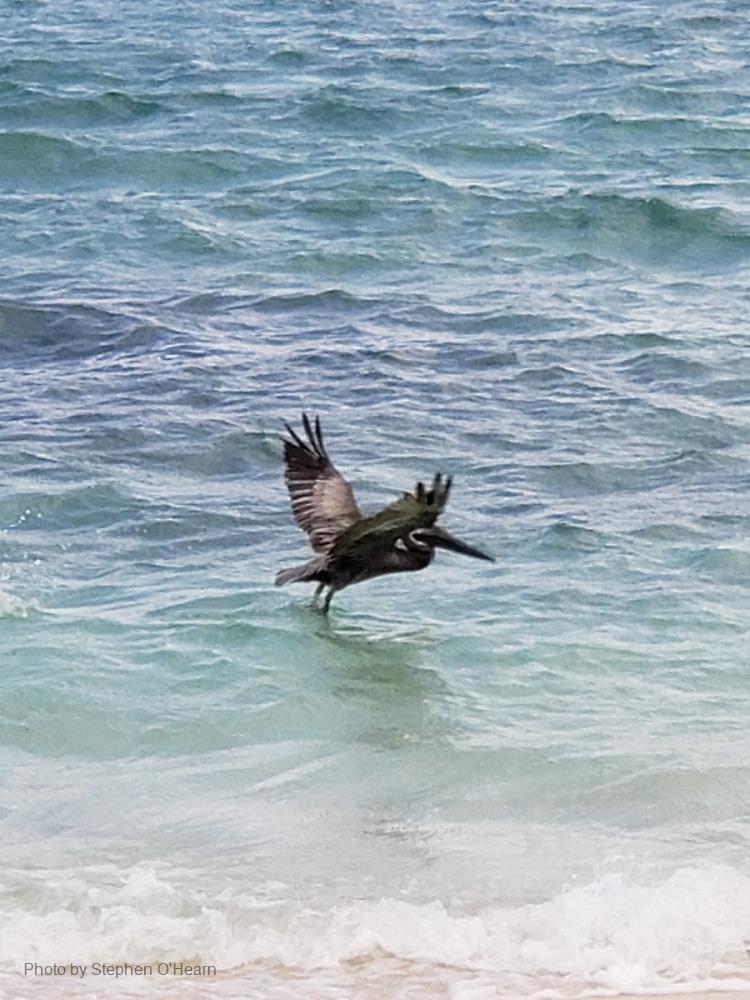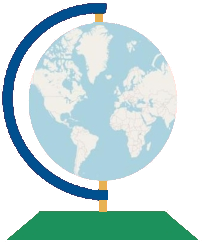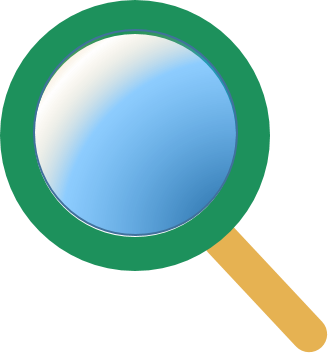
Related items loading ...
Section 1: Publication
Publication Type
Thesis
Authorship
Fendereski, Forough.
Title
The Influence of Meteorology and Hydrology on Phytoplankton Blooms in Lake Winnipeg Over the Last 37 Years (1984–2020)
Year
2025
Publication Outlet
University of Saskatchewan Harvest, Graduate Theses and Dissertations
DOI
ISBN
ISSN
Citation
Abstract
Eutrophication poses a significant threat to the health of aquatic ecosystems worldwide. Wetlandscapes—networks of hydrologically connected wetlands—can potentially mitigate eutrophication. However, climate change and human activities have altered wetlandscapes properties, reducing their effectiveness in controlling nutrient transfer to downstream lakes. In this study, we focus on the Lake Winnipeg Watershed (LWW) in North America to examine how climate-driven changes in wetlandscape characteristics affect nutrient loading and subsequent phytoplankton blooms in Lake Winnipeg (LW) in the face of global warming. First, we developed a method for mapping wetlands and extracting wetlandscape properties using a fusion of two Landsat-derived inundation products, Global Surface Water Extent (GSWE) and Dynamic Surface Water Extent (DSWE), finding that this fusion reduced omission errors from 17% for GSWE and 18% for DSWE to 8% overall. We then mapped the properties of the LWW's wetlandscapes (i.e., number, size, and wetland-to-wetland and wetland-to-river connectivity) from 1984 to 2020. During this period, we observed a trend toward more extensive wetlands that are better interconnected and have increased hydrological connectivity to LW (p ≤ 0.1). We then created the longest time series of chlorophyll-a (Chl-a), a proxy for phytoplankton biomass, for LW (1984–2023) using Landsat data and LW basins-specific Chl-a prediction models, demonstrating that accounting for the variance in optical complexity within lake’s basins can improve Chl-a predictions (p ≤ 0.1). The Chl-a time series showed significant increases in the frequency, magnitude, and extent of LW phytoplankton blooms concomitant with the observed changes in the wetlandscape properties. The two major basins of LW responded differently to climate-driven changes. In the north basin, climate-driven wetter conditions with larger, connected wetlands elevated nutrient loading and intensified phytoplankton blooms (p ≤ 0.1). This phenomenon was not observed in the south basin (p > 0.1). Within the watershed, those sub-watersheds with shorter flow distances to LW exhibited stronger correlations with blooms (p ≤ 0.1), while those with longer flow paths showed weak or no correlations, likely due to nutrient retention and transformation. Incorporating runoff travel distance into wetlandscape assessments improved correlations with nutrient inputs and bloom dynamics. A second climate factor, rising temperature, further exacerbated bloom extent and magnitude (p ≤ 0.1). As climate change amplifies nutrient loading and warming in LW, prioritizing wetlandscape management in high- impact sub-watersheds is essential for sustainable water quality. Using globally available Landsat products, the methodologies developed here provide scalable tools f
Plain Language Summary


 GWFNet
GWFNet Master
Master Data
Data Research
Research Map
Map
 Advanced
Advanced Tools
Tools
 . . .
. . .
 Metadata Editor
Metadata Editor
 Record List
Record List
 Alias List Editor
Alias List Editor
 Legacy sites
Legacy sites